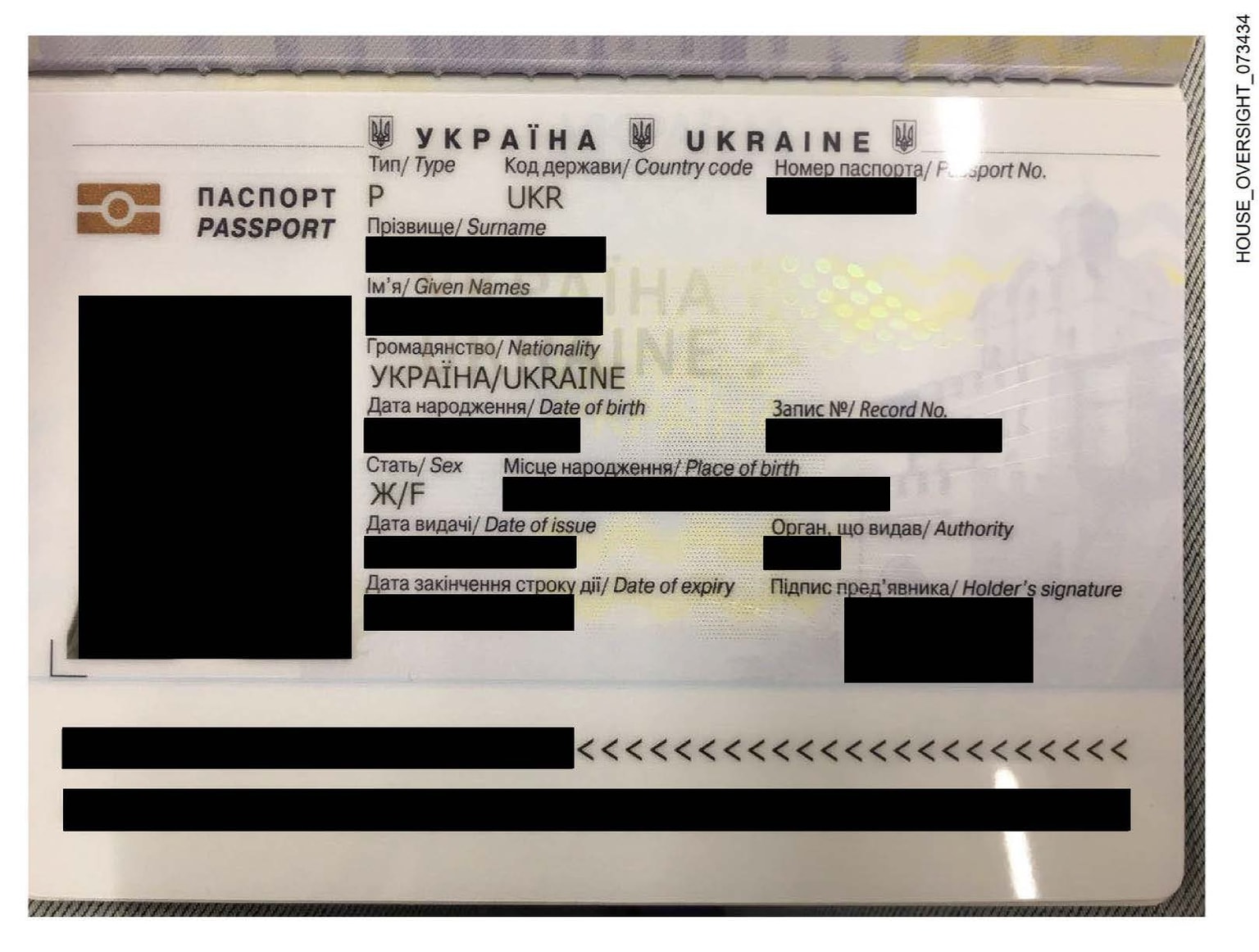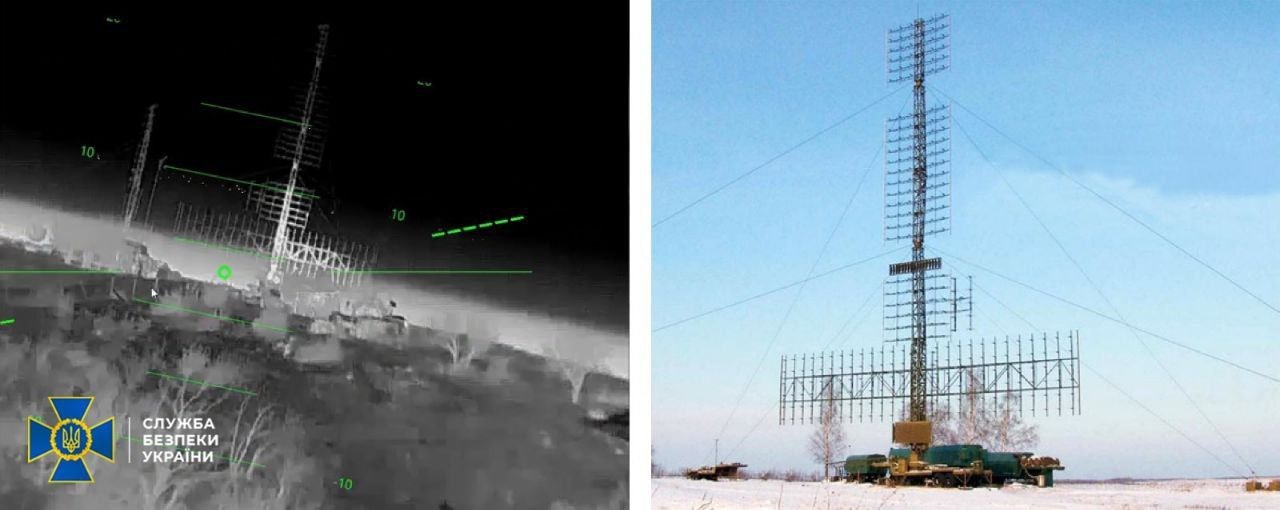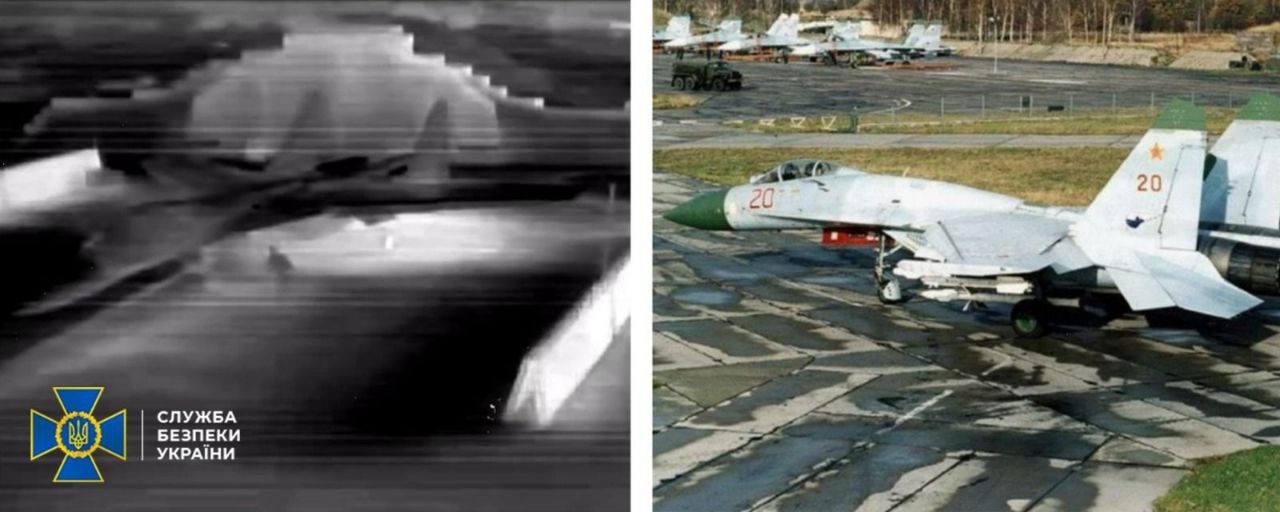ISW: Effectiveness of new ATACMS may be blunted by delays in US aid

The months-long delay in U.S. military aid for Ukraine may have given Russian forces time to mitigate the effectiveness of Army Tactical Missile Systems (ATACMS) long-range missile strikes, the Institute for the Study of War (ISW) said on April 24.
The assessment came shortly after it was reported that the U.S. began secretly providing Ukraine with the missiles this spring.
The U.S. first delivered mid-range older models of ATACMS missiles to Ukraine last fall, following months of deliberation. The older models have a range of 165 kilometers.
Newer models of ATACMS have a maximum range of around 300 kilometers, and their delivery to Ukraine was previously unknown to the public.
"The arrival of long-range ATACMS missiles in sufficient quantities will allow Ukrainian forces to degrade Russian logistics and threaten Russian airfields in deep rear areas, although months of delay may have provided the Russian military time to offset the potential operational impacts that ATACMS will afford Ukraine," the ISW said.
Ukrainian forces are likely hoping to use their new capabilities to target Russian airfields, ammunition dumps, bridges and lines of communication, the ISW said, though how effective strikes on each of these are could vary.
The ISW highlights that Ukrainian ATACMS strikes in October 2023 using the shorter range version may already have prompted Russian forces to redeploy aircraft and move critical supplies further from the front lines.
Russian aircraft launching glide bombs are currently causing devastation on a daily basis in cities such as Kharkiv, but the ISW assesses that the planes used in these attacks could be moved to airfields outside of ATACMS range with only "marginal impacts on the loitering time Russian pilots have to conduct glide bomb strikes."
Strikes on ammunition depots "could also pose a significant threat, the ISW said, but added: "Russian forces may already have adapted to the potential new Ukrainian strike capabilities following the use of ATACMS in October 2023, although it remains unclear if Russian forces sufficiently hardened ammunition depots or widely dispersed depots."
"If the Russian command began efforts to offset the impacts of ATCAMS in October 2023, then Ukrainian ATACMS strikes in spring and summer 2024 may present fewer challenges to Russian logistics in Ukraine."
"Long-range ATACMS will, nonetheless, allow Ukrainian forces to threaten a wider set of Russian targets in deep rear areas, and Ukrainian forces can use the ATACMS to cause more substantial damage to Russian logistics facilities and critical bridges along key Russian )[ground lines of communication)."
It is unknown how many ATACMS were delivered to Ukraine, but they have already scored some successes.
Kyiv launched some of the recently received missiles on April 17 against a Russian airfield in Dzhankoi in occupied Crimea, located about 165 kilometers from the front line.
Four Russian S-400 launchers, three radar stations, a command post for air defense operations, and air space surveillance equipment Fundament-M were destroyed in the attack on Dzhankoi, according to Ukraine's military intelligence.













